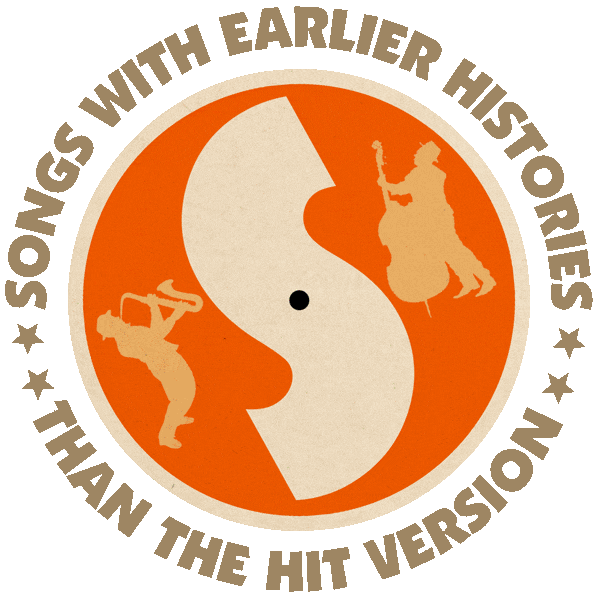First recorded by Edgar Hayes & His Orchestra (1938).
Based on “Tar Paper Stomp” by Wingy Manone (1930).
Hit versions by The Glenn Miller Orchestra (US #1 1939), Ernie Fields & His Orchestra (US #4/R&B #7/UK #14 1959), Ray Stevens (US #40/C&W #39/UK #31 1977).
From the wiki: “‘In The Mood’ was arranged by Joe Garland and Andy Razaf based on a pre-existing melody: The main theme previously appeared under the title of ‘Tar Paper Stomp’ credited to jazz trumpeter/bandleader Wingy Manone. Manone recorded ‘Tar Paper Stomp’ in 1930 but because the song was not formally registered for copyright, it meant that the melody could be appropriated by any musician with a good ear. A story says that after ‘In the Mood’ became a hit, Manone was paid by Miller and his record company not to contest the copyright.
The original recording of ‘In The Mood’ was made by Edgar Hayes & His Orchestra in 1938, with songwriter Garland participating. Popular thought is that the melody had already become popular with Harlem bands (e.g. at the Savoy Ballroom) before being written down by Garland. Before offering it to Glenn Miller, Garland sold the tune to Artie Shaw, who could not record it because the original arrangement was too long.
“Miller’s ‘In the Mood’ became the best selling swing instrumental. While indisputably a hit, it represents an anomaly for chart purists. ‘In the Mood’ was released in the period immediately prior to the inception of retail sales charts in Billboard magazine. While it led the Record Buying Guide (jukebox list) for 13 weeks and stayed on the Billboard charts for 30 weeks, it never made the Top 15 on the sheet music charts, which were considered by many to be the true measure of popular song success. The popular Your Hit Parade program ranked the song no higher than ninth place, and that for one week only (in 1940).
“The Glenn Miller 1939 recording was inducted into the Grammy Hall of Fame in 1983. It is one of the most recognized and popular instrumentals of the 20th century. Ernie Fields had a crossover hit with ‘In the Mood’ in 1959, also charting in the UK. A sample of the recording can be heard within The Beatles’ #1 1967 single ‘All You Need is Love’. A novelty version of the song was recorded by Ray Stevens in 1977. Stevens’ version consisted of him performing the song in chicken clucks, bar-for-bar. (The performance was credited to the ‘Henhouse Five Plus Too’.)”
Wingy Manone, “Tar Paper Stomp” (1930):
The Glenn Miller Orchestra, “In the Mood” (1939):
Ernie Fields & His Orchestra, “In the Mood” (1959):
Ray Stevens (as “Henhouse Five Plus Two”), “In the Mood” (1977):

